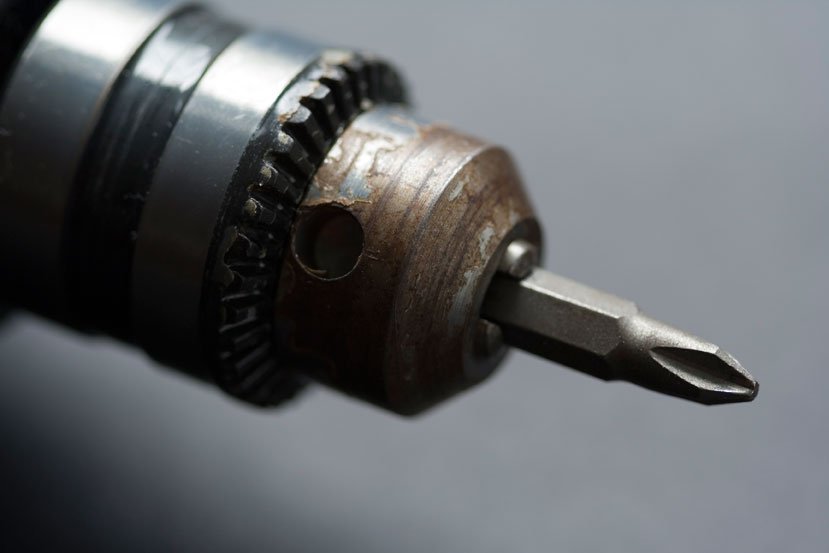HSG107, part of the HSE’s series of documents, updates guidance on maintaining portable electrical equipment. Information provided by Barbour EHS

This guidance is for managers, electricians, technicians and users and gives sensible advice on maintaining portable electrical equipment to prevent danger. It covers equipment that is connected to the fixed mains supply or a locally generated supply.
Portable electrical equipment could cause an electric shock or burn, or cause a fire due to damage, wear or misuse. This guidance covers most electrical portable equipment used in all environments, e.g. electric drills, extension leads, office equipment, portable grinders, pressure water cleaners, floor cleaners, electric kettles and similar equipment used in all environments. The scope is limited to Class I and Class II equipment.
Major items of plant, such as vehicles, cranes and generators, are beyond the scope of this guidance, as are electromedical equipment, electrostatic spraying equipment, and equipment used below ground in mines, for which there are special requirements.
What’s covered?
It outlines a recommended maintenance plan based on a straightforward, inexpensive system of user checks, formal visual inspection and testing.
User checks and formal visual inspections can be carried out by a competent employee. In this context ‘competent’ means having suitable training, skills and knowledge for the task to prevent injury to themselves or others. This guidance also makes it clear when testing is needed. When testing is necessary, a greater degree of competence will be required.
The guidance has been updated to clarify what the legal requirement for maintenance of portable electrical equipment means in practice. The table of suggested frequencies has been updated and now includes clearer information for all types of business including construction.
Contents
The guide outlines the legal requirements under the Electricity at Work Regulations 1989. The regulations require that electrical systems and equipment must be maintained, so far as reasonably practicable, to prevent danger. This requirement covers all items of electrical equipment including fixed or portable equipment.
In a section titled ‘Controlling the risk’, the guide explains the risk factors to be taken into account when deciding a programme of inspection testing and maintenance. For example the circumstances of use and the likelihood of misuse are key factors.
In the section headed ‘Maintenance’, there’s an explanation of the main tools and techniques for maintaining electrical equipment. “Effective maintenance of portable electric equipment can be achieved by a combination of:
-
checks by the user;
-
formal visual inspections by a competent person; and
-
where necessary a combined inspection and test, also known as a portable appliance test (PAT), by an electrically competent person.
The aim of these checks is to determine whether the equipment is fully serviceable or whether remedial action is necessary to make sure it is safe to use.”
There is no legal requirement to keep maintenance logs for portable electrical equipment. However, a suitable log is useful as a management tool for monitoring and reviewing the effectiveness of the maintenance plan.
Suggested initial frequencies for inspection and testing are given in Table 1 within the guidance. These are not legal requirements. It is up to the dutyholder, with appropriate advice where necessary, to assess the conditions affecting equipment, which may lead to potential damage and/or deterioration. This information should determine the maintenance plan.
Over time, and with practical maintenance experience, it may be possible to extend maintenance intervals if results of checks, inspections or tests show that few faults are found. However, if faults are common it may be necessary to reduce intervals or take other action to improve maintenance and reduce risk.
The Safety Conversation Podcast: Listen now!
The Safety Conversation with SHP (previously the Safety and Health Podcast) aims to bring you the latest news, insights and legislation updates in the form of interviews, discussions and panel debates from leading figures within the profession.
Find us on Apple Podcasts, Spotify and Google Podcasts, subscribe and join the conversation today!



You can get it direct off the HSE website, just put HSG107 in their search box
http://www.hse.gov.uk/pubns/priced/hsg107.pdf
Please supply a copy of this HSG
Please send me a copy of HSG107
with kind regards
Sarah
Hello Paul, unfortunately we don’t have access to the full document, but if you register with Barbour you can get access to thousands of documents, including HSGs.